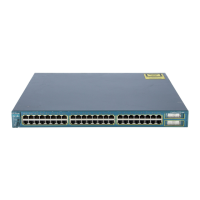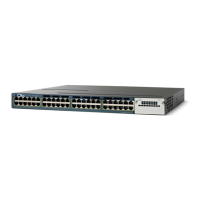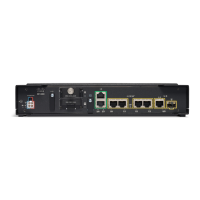Index
IN-23
Catalyst 3550 Multilayer Switch Software Configuration Guide
78-11194-09
VLANs 12-15
VMPS 12-34
VTP 13-15
MSDP
and dense-mode regions
sending SA messages to
35-17
specifying the originating address 35-18
benefits of 35-3
clearing MSDP connections and statistics 35-19
controlling source information
forwarded by switch
35-12
originated by switch 35-8
received by switch 35-14
default configuration 35-4
filtering
incoming SA messages
35-14
SA messages to a peer 35-12
SA requests from a peer 35-11
join latency, defined 35-6
meshed groups
configuring
35-16
defined 35-16
originating address, changing 35-18
overview 35-1
peer-RPF flooding 35-2
peers
configuring a default
35-4
monitoring 35-19
peering relationship, overview 35-1
requesting source information from 35-8
shutting down 35-16
source-active messages
caching
35-6
clearing cache entries 35-19
defined 35-2
filtering from a peer 35-11
filtering incoming 35-14
filtering to a peer 35-12
limiting data with TTL 35-14
monitoring 35-19
restricting advertised sources 35-9
MSTP
boundary ports
configuration guidelines
17-13
described 17-5
BPDU filtering
described
18-3
enabling 18-16
BPDU guard
described
18-3
enabling 18-15
CIST, described 17-3
configuration guidelines 17-12, 18-14
configuring
forward-delay time
17-20
hello time 17-19
link type for rapid convergence 17-22
maximum aging time 17-21
maximum hop count 17-21
MST region 17-13
path cost 17-18
port priority 17-17
root switch 17-14
secondary root switch 17-16
switch priority 17-19
CST
defined
17-3
operations between regions 17-3
default configuration 17-12
default optional feature configuration 18-14
displaying status 17-23
enabling the mode 17-13
EtherChannel guard
described
18-12
enabling 18-20
extended system ID
effects on root switch
17-14

